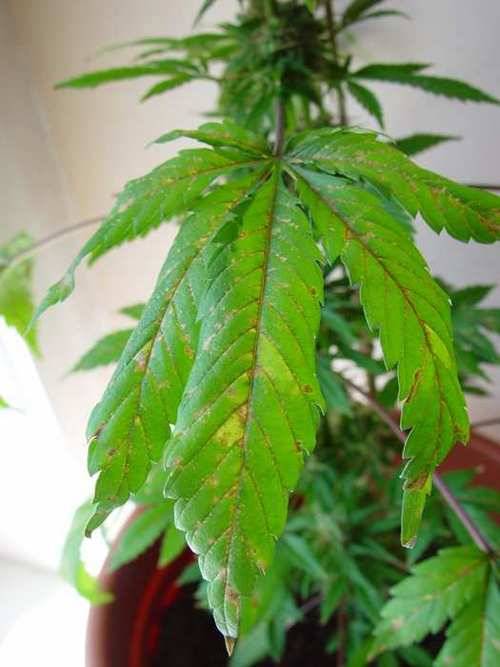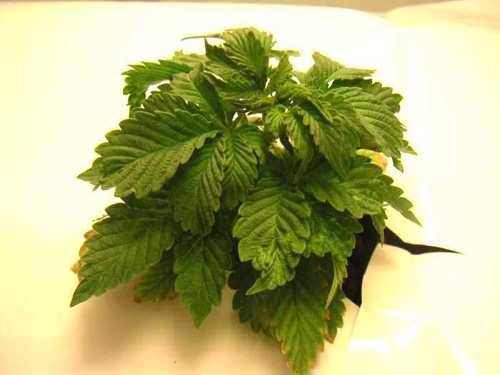inverse
Member



cotyledon are almost completely yellow and drying up it seems.
the leaf is really dry/tough to the touch.
right now i think i have a magnesium deficiency. although im growing in happy frog/ocean forest, i've been watering them with tapwater which is really hard. when it evaporates it leaves white deposits all over the leaves. i think the excess calcium in the hard water is locking the magnesium out
however, im not sure. judging from that, what do you guys think?
thanks in advance
Last edited:






 :friends:
:friends:




